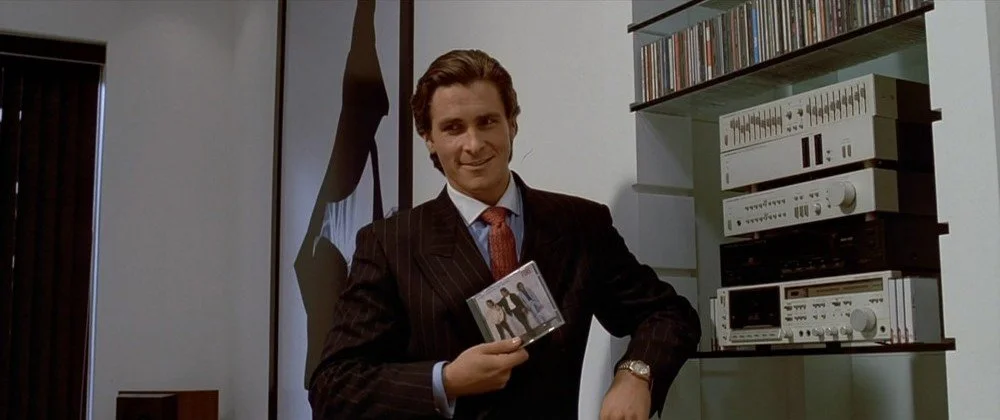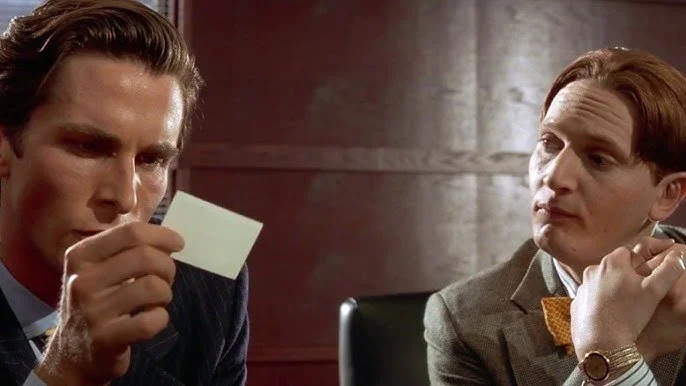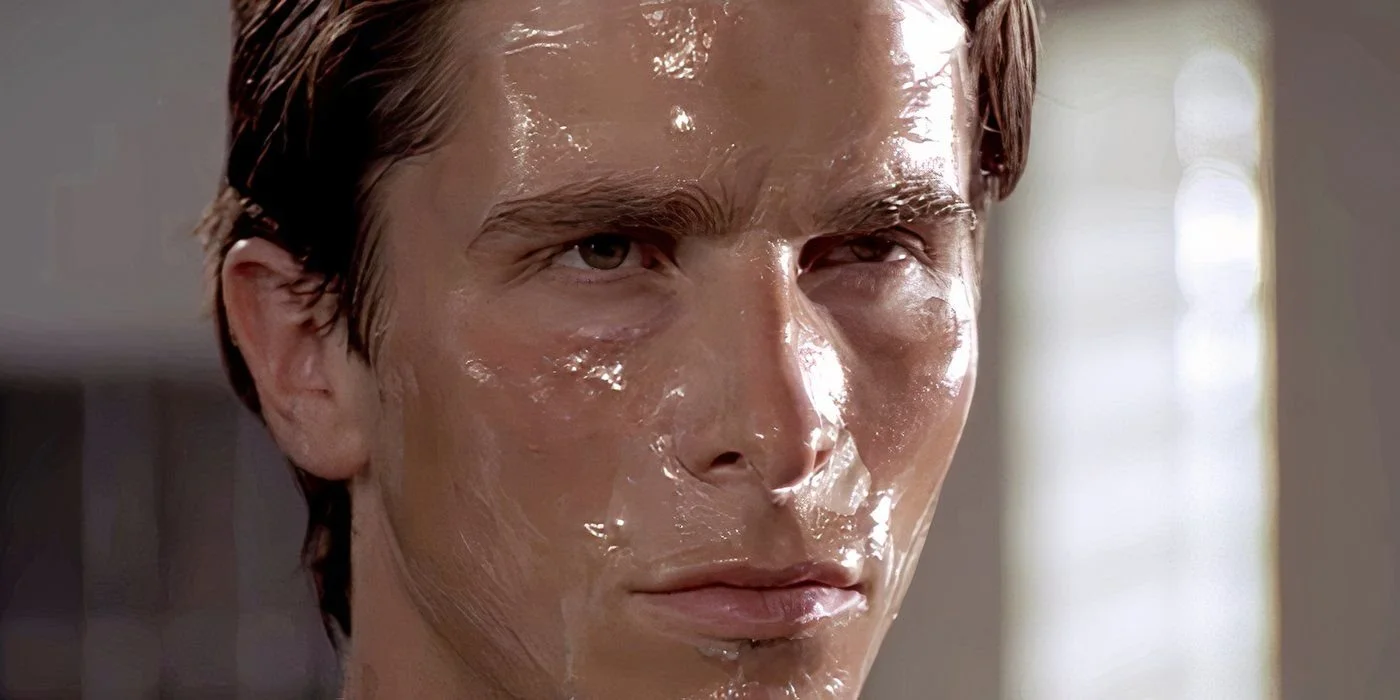Revisiting ‘American Psycho’: Why Patrick Bateman Still Haunts Us 25 Years Later
Lionsgate
Mary Harron and Christian Bale’s take on Bret Easton Ellis’ 1991 novel propelled Patrick Bateman into cultural consciousness, but 25 years later, the axe wielding, finance-bro serial killer still divides opinion.
Mary Harron’s turn of the century adaptation of Bret Easton Ellis’ 1991 novel has experienced a renaissance in recent years. Whether it be through musical memes, increasing Letterboxd popularity (as of April this year, it was the 23rd most popular film of all time on the platform), or an actual musical, Patrick Bateman – now synonymous with Bale’s streamlined, comic depiction – has a cultural staying power paralleled only by the likes of Hannibal Lecter or the Joker. Not to mention his next iteration in Luca Guadagnino’s upcoming retelling of the novel, already with a script from Scott Z. Burns (Bourne Ultimatum, Contagion).
The reverence now held for Harron’s Bateman is a seismic departure from the initial reactions to Ellis’ novel. Dropped by Simon & Schuster just three months before its release, it was described by then CEO Richard E. Snyder as having “questionable taste.” Upon its eventual publication with Vintage Books in 1991, Ellis received death threats and was met with significant – although not total – critical derision, much of which denounced the excessive, bloody violence (perpetrated mainly against women). The Guardian described it as “nasty, brutish and long” and The Washington Post as “a bad book… There is within it not a single redeeming quality.”
Lionsgate
As Bateman has haunted our collective consciousness, he has also remained in the mind of his creator. Talking to The Guardian in 2019, Ellis described how “I can’t get away from Patrick Bateman,” and has admitted that his initial identification of his father as the inspiration for Bateman was an attempt to hide the fact that “Patrick Bateman was about me.” Yet, Bateman’s staying power – with a return to the West End in London and a new on-screen adaptation in the works 25 years later – is evidence that Ellis’ experience is a shared one.
Ellis used Bateman as a way to give face to the duality of late 80s and early 90s America. Ellis began making notes for the novel in 1986, having just moved to New York. In his 2019 collection of essays White, he described how “crack vials littered the streets like confetti” outside of his condo in the East Village, where homes are now worth millions. Amongst a rapidly gentrifying New York, Reagan presidency and a society where the LGBTQ+ existed only on the periphery, Bateman’s murderous secret is Ellis’ attempt at reflecting hidden identities kept beneath shiny veneers.
Lionsgate
Harron’s adaptation unmistakeably captures this time – whether it be Bateman’s over-the-ear headphones or signature 80s double-breasted suit. Yet, the dichotomy symbolised in Bateman is a perpetual questioning of human interiority. In 2020, Bateman’s walk into work – set to the soundtrack of Walking On Sunshine by Katrina and the Waves – was newly memeified, as social media users dubbed their own preferred tune into Bateman’s headphones (the joke being that no matter how ludicrous the song, Bateman remained impassive). It’s this duplicity, this separation of interior life from external actions, which makes Bateman so appealing to audiences.
POPULAR ON THE CINEMA GROUP
The original finance bro, Bateman is the poster child for selfish, especially violent, cruelty. Since its release, Europe and the US have experienced two major financial crises, the first of which coincided with Harron’s adaptation in 2000. The heartlessness shown to ordinary people – at the cost of banks and bankers – during those periods brought to life the world Bateman thrives in, one where money is paramount and empathy is inferior. Bateman-style finance bros (minus the murder) have become infamous and romanticised – think The Wolf of Wall Street or The Big Short. The original finance bro, lauded by Bateman over 40 times in Ellis’ novel, is now President of the United States for the second time.
Lionsgate
Ellis and Harron predicted not only society’s money-fuelled heartlessness, but our obsession with stuff. In one of the most iconic scenes, Bateman’s envy at a business card barely discernible from his own is a startling foreshadowing of the trend cycle and a herd mentality that has seen all shades of Stanley Cups and Lululemon top pre-teen Christmas wish lists. Harron’s opening scene depicting Bateman’s morning routine could be straight from “morning shed” TikTok, where face masks and hair curlers are slowly relinquished until next nightfall.
Whilst Ellis’ Bateman reflected the societal ills slowly coming to shape in the early 90s, we were still able to denounce his actions, not yet fully under his spell. Harron and Bale’s Bateman is now synonymous with our own cultural period. We have accepted him – even embraced him. He is one of us.
Lionsgate




















